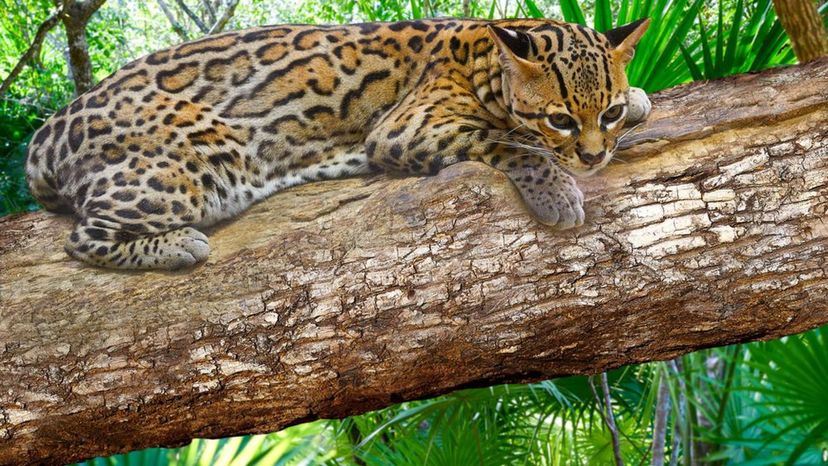
About This Quiz
It's easy to lose track of it when you spend most of your life in a single town or city, or around one farm or area, and then generally take a plane to go to anywhere more than a few hundred miles away - but America is big. It's huge. The United States just keeps going and going and going, and however much urban sprawl may lay waste to parts of it and highways may crisscross the entire nation, there are other parts that truly feel like they're in the middle of nowhere.
This means there is plenty of space for all sorts of different topography, climates, micro-climates, and habitats. There are deserts, plains, prairies, wetlands, swamps, forests, and miles upon miles of farmland.Â
All of this means that a splendid variety of animals can find a place in the USA that suits them just fine. Whether its a grizzly bear that enjoys Wyoming's woodland or mountains, surrounding valleys with meandering salmon rivers, or a coral snake that enjoys the reefs and hot, muggy climate of Florida's coast; whether it's a rattlesnake burrowing into the fierce dry heat of the Arizona desert, or a plain and simple Jersey steer munching on the grasses of the Hudson Valley, there's a spot for them. Do you know where to find them?
Advertisement
Advertisement
Advertisement
Advertisement
Advertisement
Advertisement
Advertisement
Advertisement
Advertisement
Advertisement
Advertisement